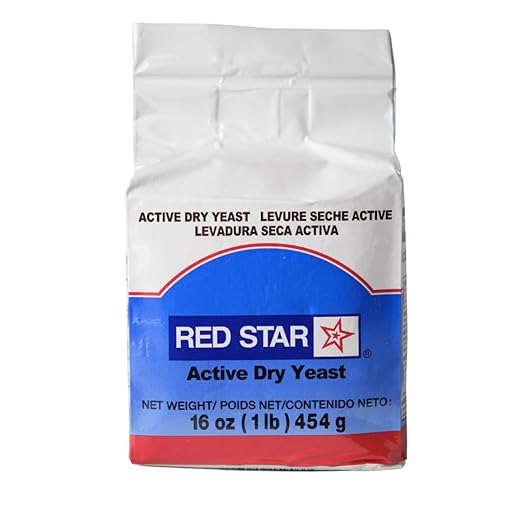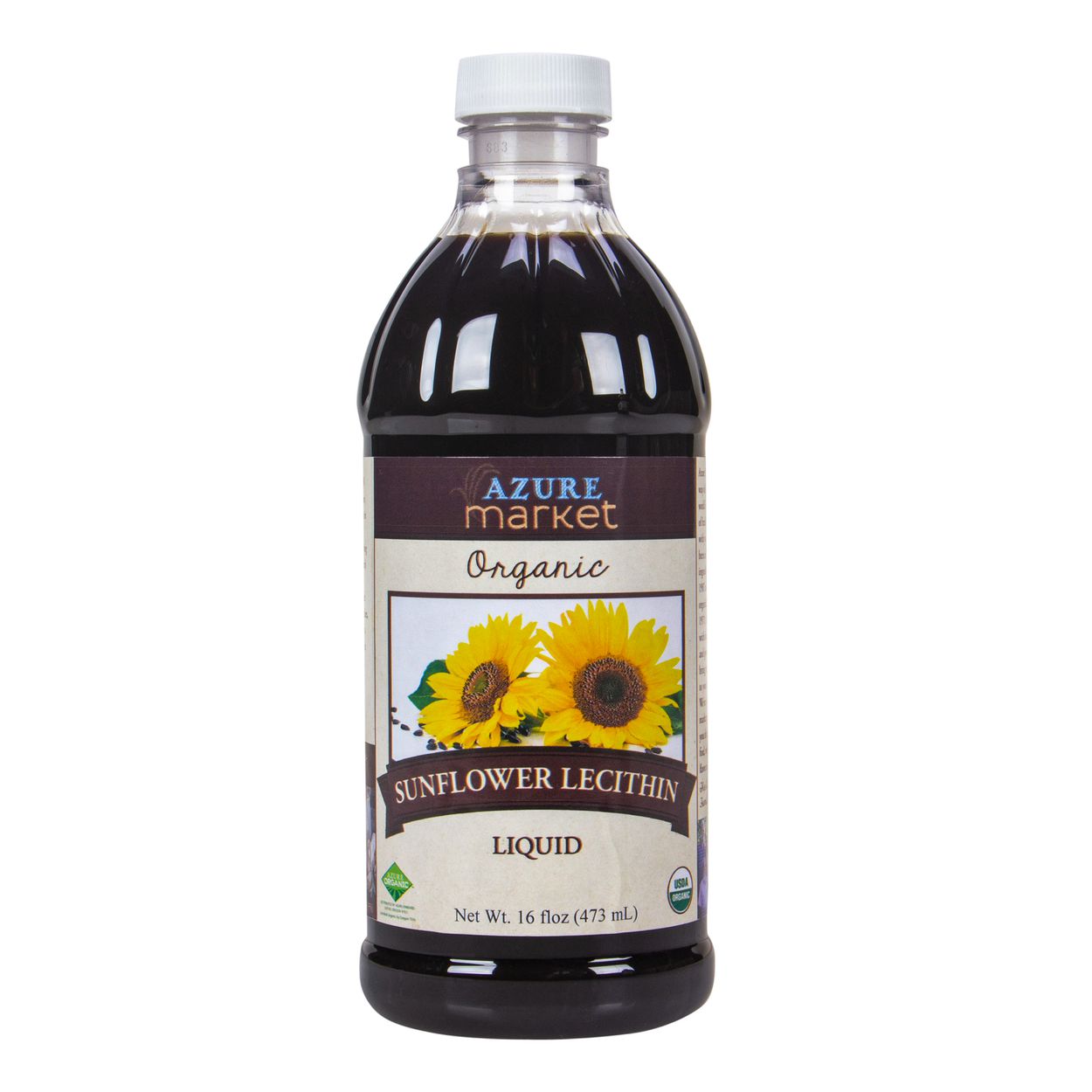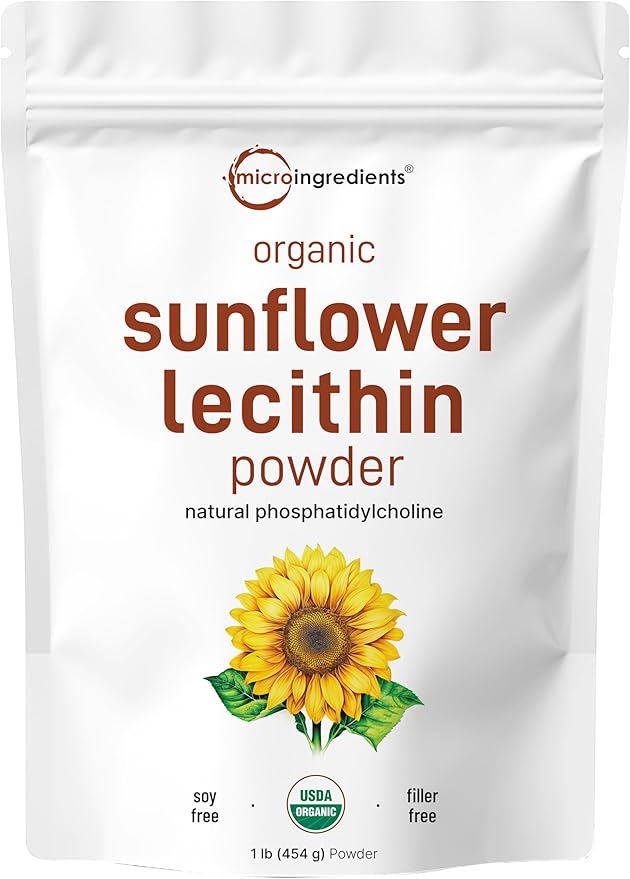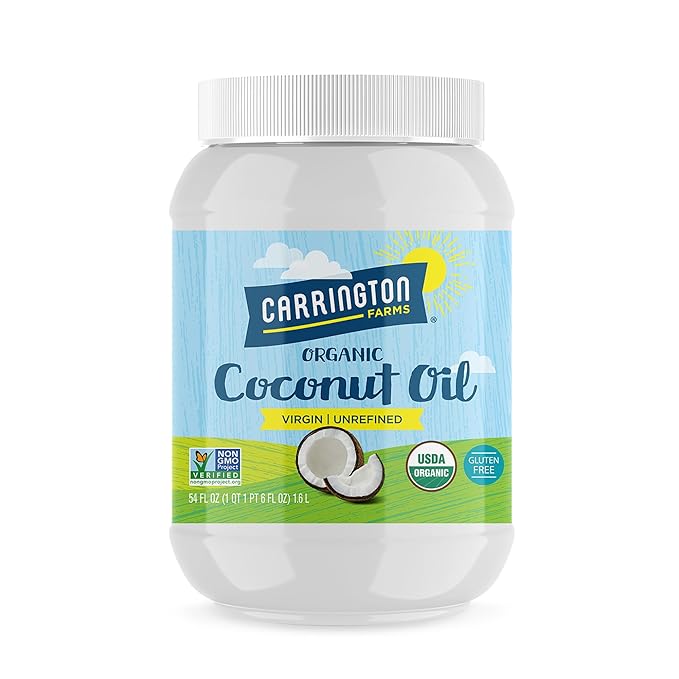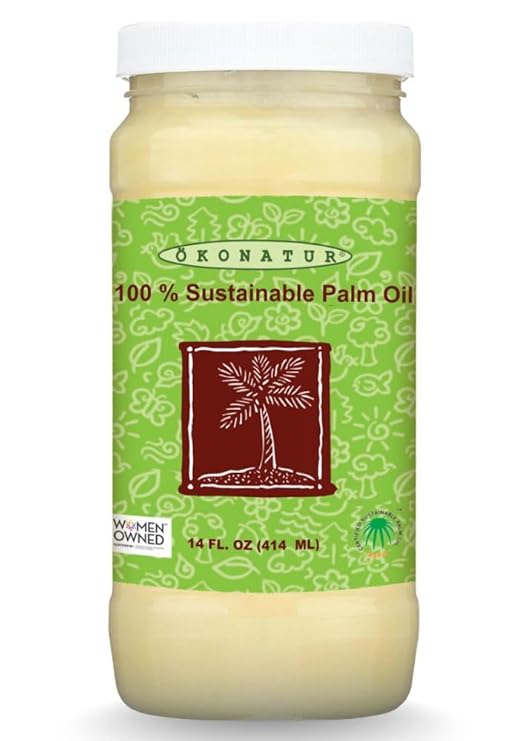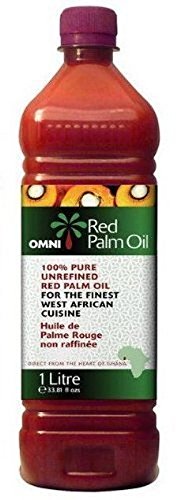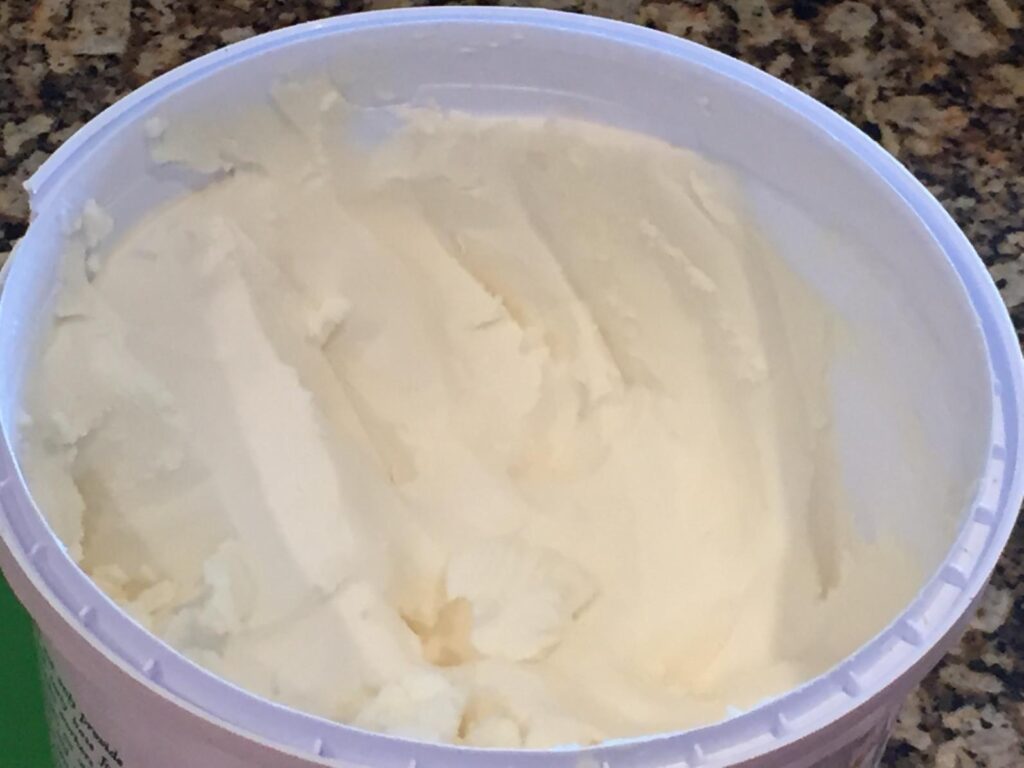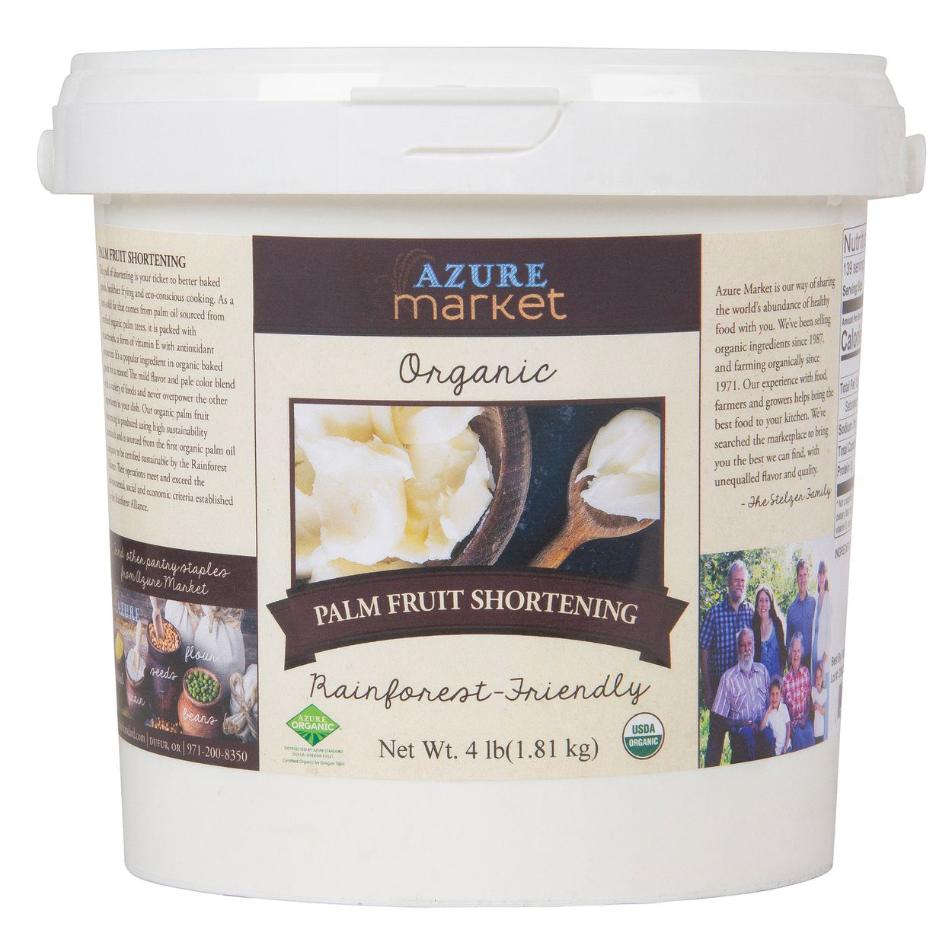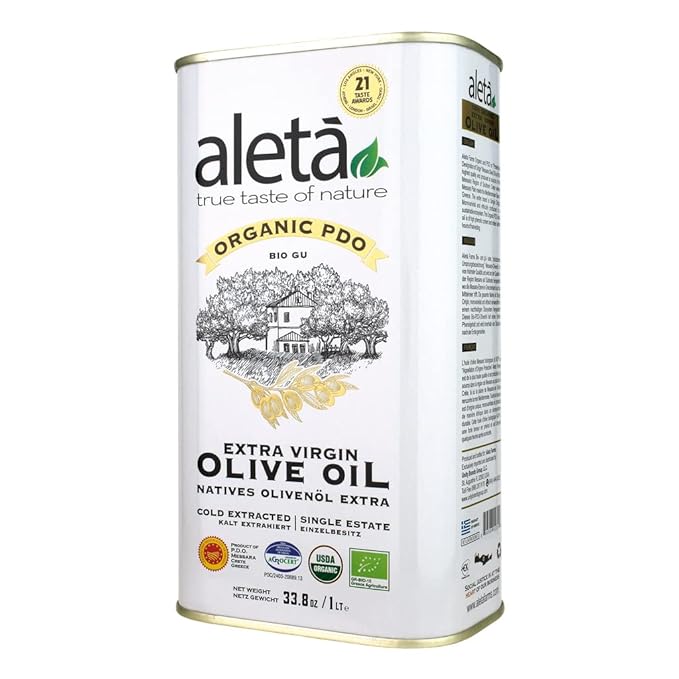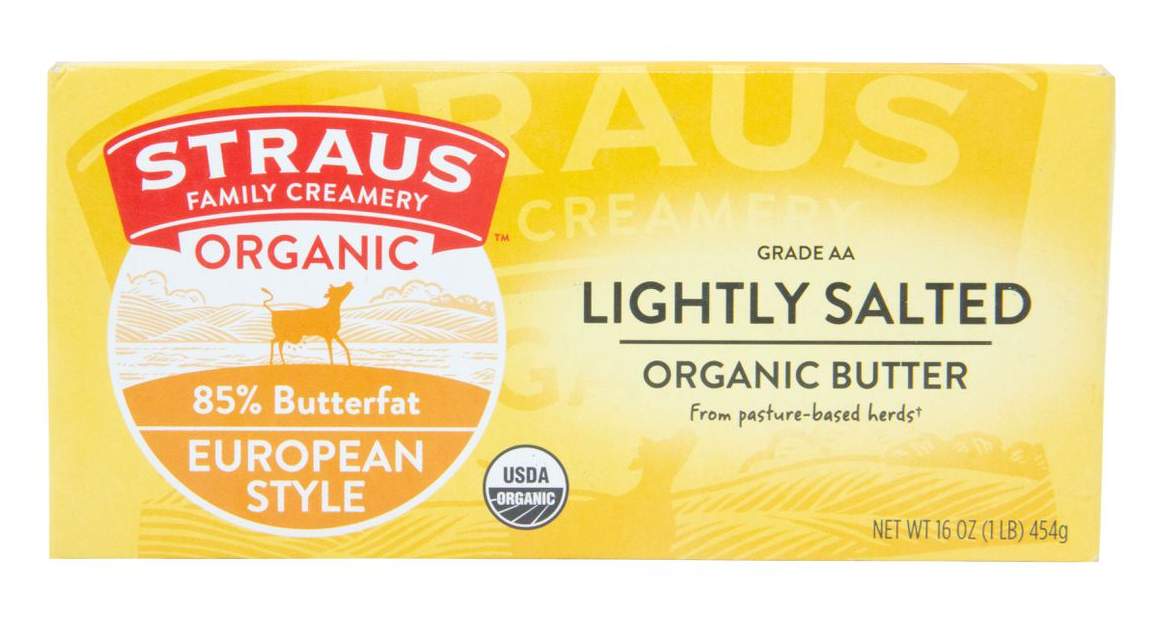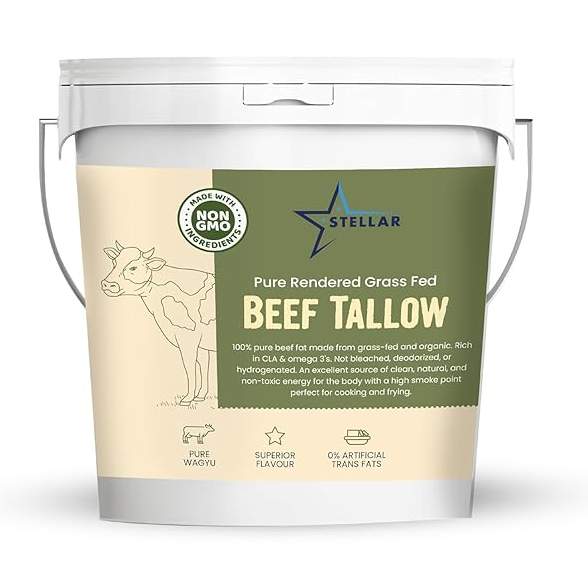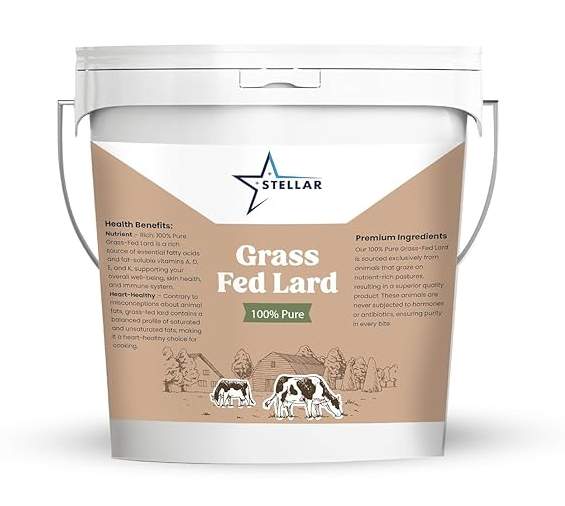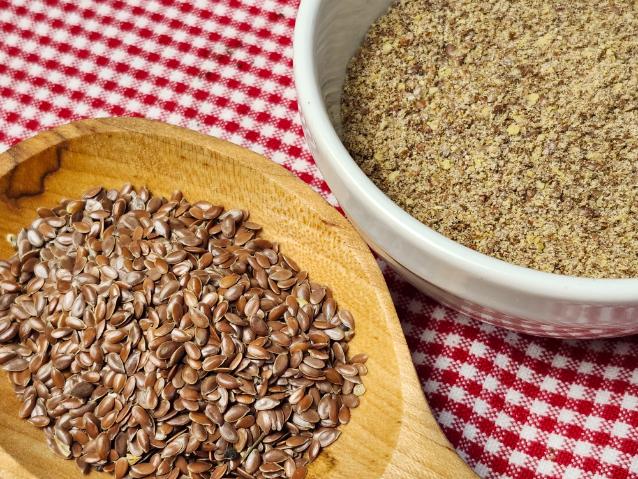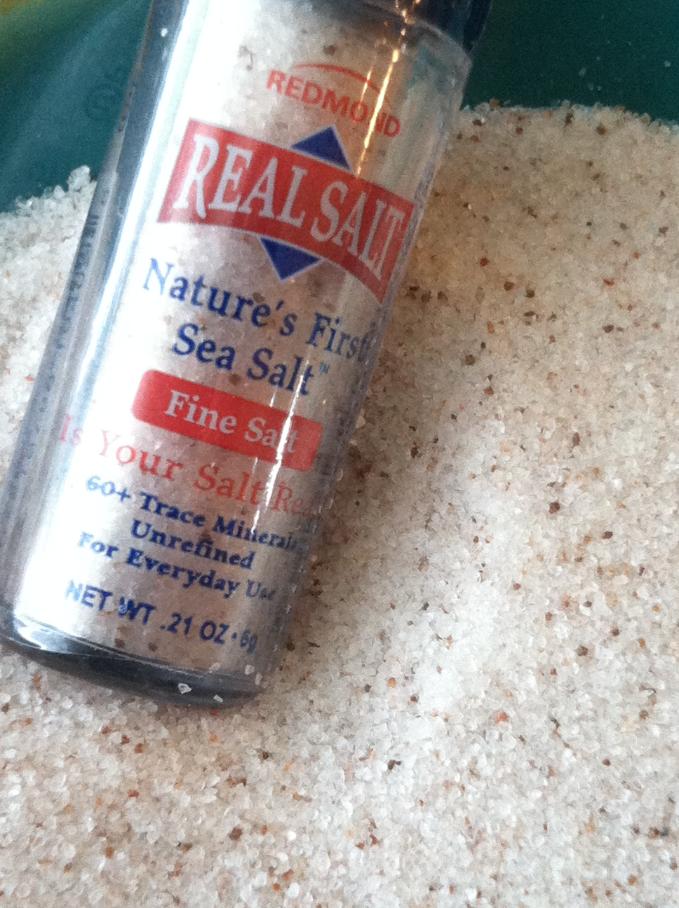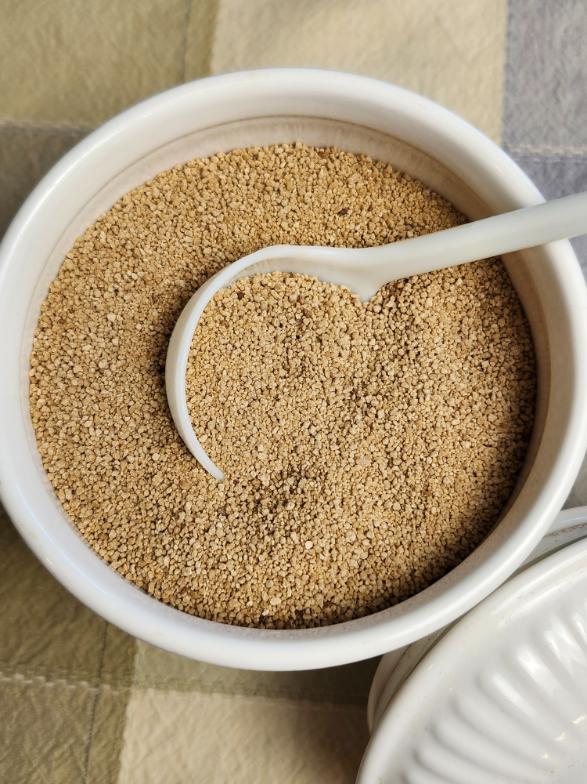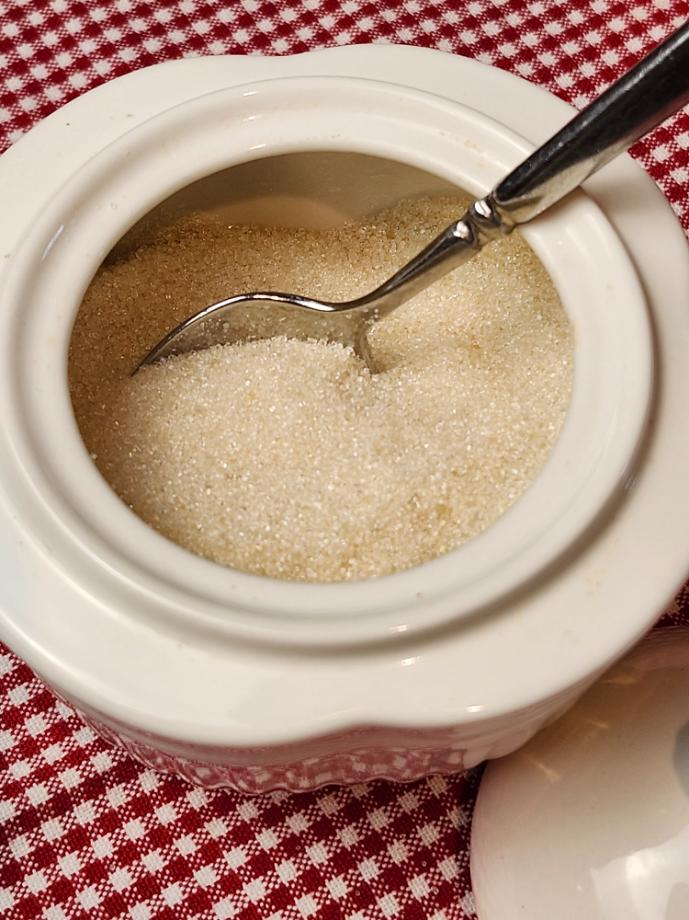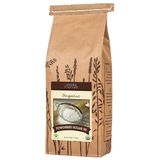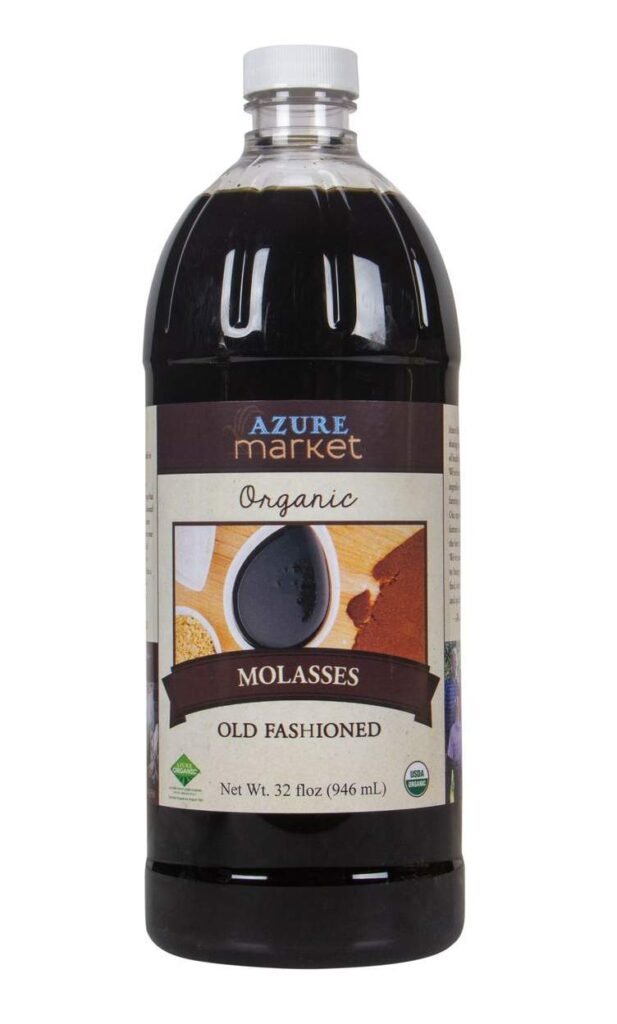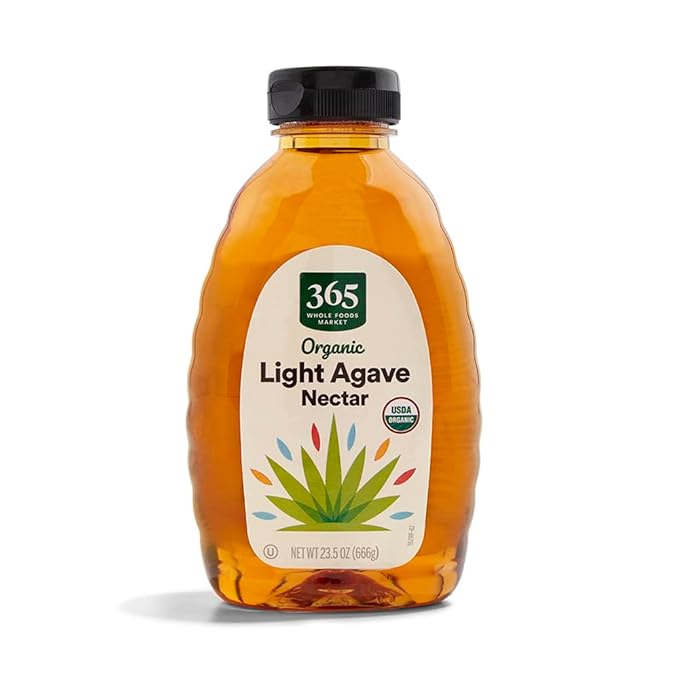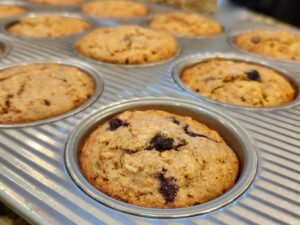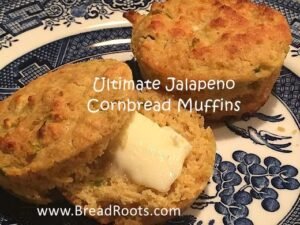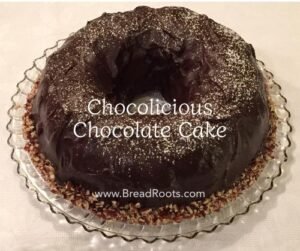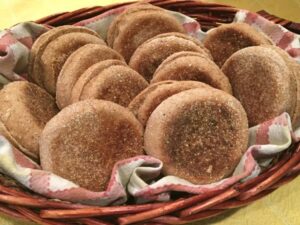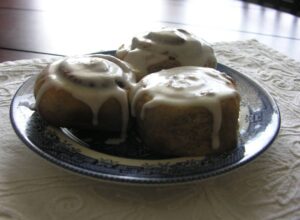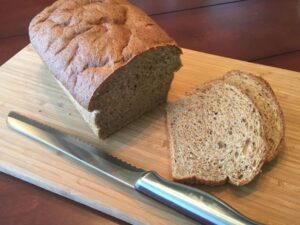
Home > Healthy Eating > Healthy Ingredients
I find it interesting how we hold restaurants to a "healthy ingredients" standard.
Yet, don't require that of our own kitchens
Why is that?
So, basically, what’s the point of making something
“home-made” if one doesn’t consider the ingredients used?
Since healthy is what we are going for,
let’s do some considering.
By incorporating into our diets as many wholesome and nutritious ingredients possible we will be that much closer to having a healthier body.
This article is to clarify and explain
many of the ingredients presented on this site, why they are used & what benefits they offer. Some not-so-good ingredients will be mentioned as well.
Of course this is not an exhausted list and will be added to as needed. This list is for quick reference and not meant as a full description of each ingredient. Those articles will be added separately.
Affiliate links are also included for purchasing convenience.
Nutritional References: All referenced nutrition information noted on this site is based on facts, extensive research, and personal experiences; but, not intended to prevent, diagnose, treat or cure any illness or disease. The nutritional and other information on this website are not intended to be and do not constitute health care or medical advice.
BAKING
Leavening Agents
A leavening agent is an ingredient which cause dough and batter to rise and/or expand, becoming lighter and airier. The leavening choice depends on the type of dough or batter being made. Types of leavening agents: yeast, baking soda, baking powder, eggs, even flax seed.
Wheat and other high gluten grains may use all the leavening options.
Low or gluten-free grains can not use yeast for their leavening. You must use agents like baking soda, baking powder, eggs, or flax seed.
Yeast
Yeast is a living organism which helps bread to rise, as well as add aroma and flavor. Yeast needs a moist warm environment to grow.
Temperature matters. Too hot and the yeast will die causing the bread not to rise. Too cold the bread will take a long time to rise.
There are two preferred types of yeasts: Dry Active Yeast and Instant Yeast.
Purchasing Yeast: I recommend purchasing yeast in a bulk type package, not in the little individual packets. In my experience, those little packets are not as dependable and definitely cost more.
Yeast storage: Yeast has a shelf-life of about 1-2 years if stored properly. Un-opened packaging may be stored in the pantry, think cool and dark
Dry Active Yeast
Dry Active Yeast – Dry active yeast has been dehydrated producing small granules. Therefore, it requires rehydrating in warm water with a little bit of sweetener to feed on. This is called “proofing”; meaning, proving the yeast is still alive and active. Dry Active Yeast usually requires two risings of the dough; but, the more time means a more flavorful dough.
Order Dry Active Yeast:
Amazon
Azure Standard
Instant Yeast
Instant Yeast – Sometimes called bread machine yeast. Instant yeast is ground finer and does not need to be dissolved in water like dry active yeast. It may be added directly to the other dry ingredients. Instant yeast can be used interchangeably with dry active 1:1; but keep in mind two rises may need to be required if you do. With instant yeast there is no proofing. Just throw it in and get to mixing. I like simple!

Order Instant Yeast:
I like this one, but there are other good ones.
Baking Soda
Baking Soda is a natural and safe chemical, also known as sodium bicarbonate and is used for rising doughs and batters. It requires moisture and an acidic ingredient such as buttermilk to be activated, i.e. buttermilk pancakes. Baking soda creates carbon dioxide, which causes the dough or batter to rise. Once the baking soda is mixed with the wet ingredients the carbon dioxide process begins; so, don’t wait too long to cook/bake; also, mix gently as to not disturb the bubbles too much. Baking Soda is also great for personal care and cleaning.
To test if your baking soda is still fresh, mix 1-1/2 teaspoons baking soda with 1 tablespoon vinegar. If it fizzes you are good to go.
Baking soda is baking soda.
No need to buy a ‘special’ brand. Just make sure it is pure sodium bicarbonate.
Don’t you love my fancy labels? ↗️
Masking tape works great for labels!

Baking Powder
Baking Powder actually contains baking soda, a weak powdered acid and a buffer like corn starch or tapioca starch. Because it has an acid, BP does not need an acid like baking soda to activate. It uses wet ingredients first, then heat in the rising process. This is known as double active. Baking powder is used for quick breads like biscuits and muffins.
Baking Powder is not the same as baking soda and cannot be used interchangeably.
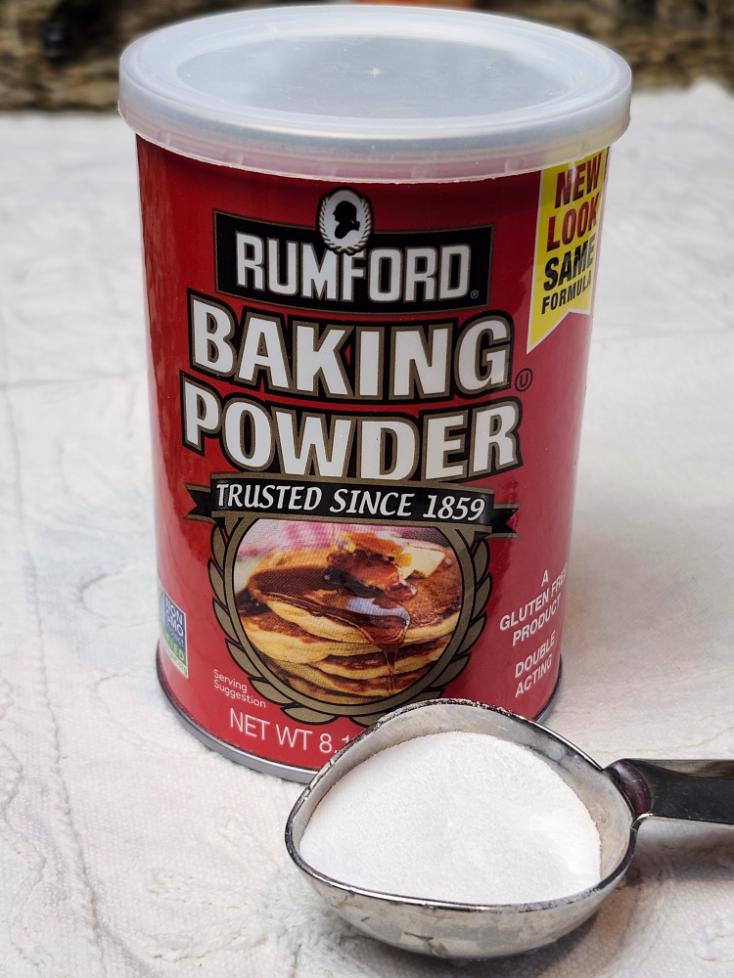
When purchasing Baking Powder make sure it is aluminum-free and it’s buffer is organic or non-GMO cornstarch or tapioca starch.
Whole Eggs
Whole eggs are a power-house of nutrition, hosing saturated and unsaturated fats, lecithin and even cholesterol! Do not be afraid of these things; all of them are required by EVERY cell in the body.
🥚 The fats in eggs help assimilate the fat soluble vitamins like: A, E, D and K.
🥚 The cholesterol provides structural integrity, membrane organization, helps with the intracellular transport system and physiological process signaling. Cholesterol is so essential to cellular life, if the body does not get it through the diet it will make cholesterol.
🥚 Lecithin helps to breakdown the saturated fats and cholesterol.
Eggs add not only nutrition, but flavor and a warm color to your breads.
Eggs are a leavening agent, therefore will aid in the rising of the bread; providing strength as well.
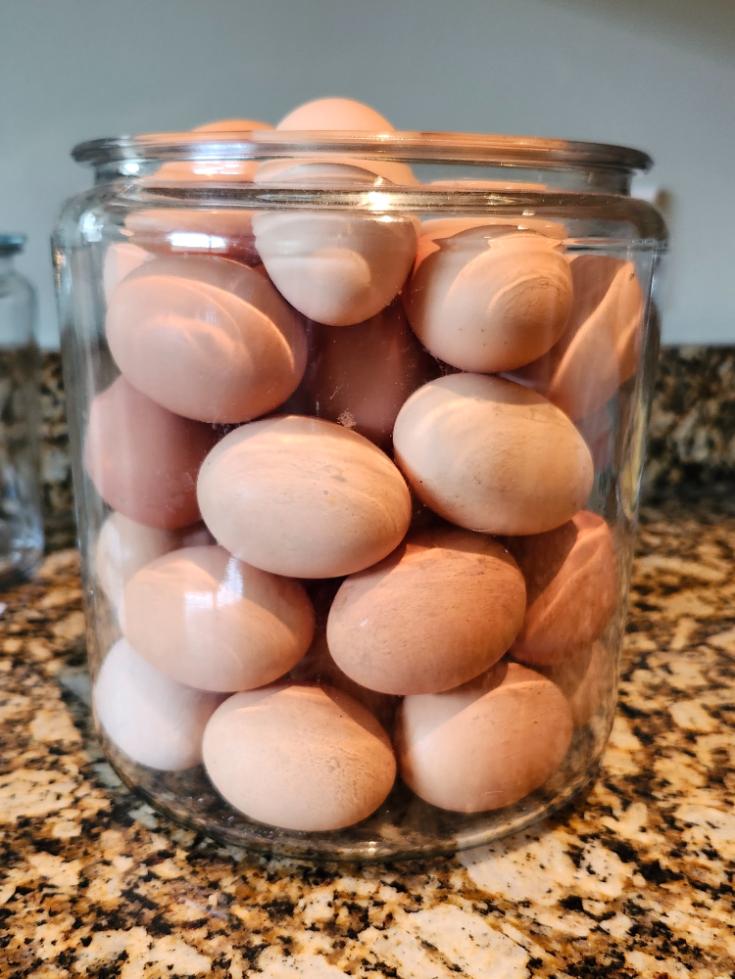
Other Baking Ingredients
The following are some other baking ingredients I use regularly, some for added nutrition, some to add to the end product.
Lecithin
Lecithin is an emulsifier; meaning, it helps mix oils and liquids together better. This mixing helps make your bread smoother and softer; think store-bought bread. I add sunflower lecithin in all my baking; too many heath benefits to pass up.
Lecithin helps to metabolize or breaks down fat and cholesterol (LDL) molecules into small molecules so they pass through the arterial walls, which helps keep arteries clean. It improves the strength and function of the heart. Can aid cognitive functions such as logical thinking and memory. Lecithin helps the absorption of fat soluble vitamins: A, D, E and K; and has many other great health benefits. It can be found in egg yolks, whole milk, fish, peanuts, wheat, sunflowers and soybeans. (I do NOT recommend the use of the soy form.) Sunflower lecithin is considered non-allergenic.
As a supplement, lecithin may be found in the form of liquid, powder and granules.
- Liquid form is dark thick molassesy-like consistency. More budget friendly
- Dry forms are a cream to amber color. Easier to use.
Only choose organic or non-GMO. Sunflower lecithin, my go-to,
Dr. Axe has a great article on lecithin. Check it out here.
Only purchase organic or non-GM Sunflower Lecithin liquids, powders or granules. Never soy!
These are the ones I use.
Gluten
Gluten is a flour, also known as Vital Wheat Gluten. It is an elastic network of protein naturally found in many whole grains such as wheat, barley and rye among others. Gluten is what helps the ‘stretch’, if you will, or the rising process, giving strength to yeast breads.
It is a totally optional ingredient, but can be quite helpful especially on very humid days. The key is to use only a little, about a teaspoon per four cups of flour; so, it doesn’t take a lot.
A word about celiac disease, gluten intolerance and gluten sensitivities, because there is too much to say on those subjects in this piece, I will address them in a future article. I will say this though, we know that alterations have been done to in regards to gluten like: the sifting of the wheat which removes most of the nutritional parts, leaving mainly the protein and the adding of gluten to foods that do not need gluten; just to name a couple. These actions directly affect the way the body processes these foods. With that said, many issues associated with these conditions can be contributed to those very acts and then some. So, if you do experience any of these maladies, then avoid the use of added gluten in your baking.
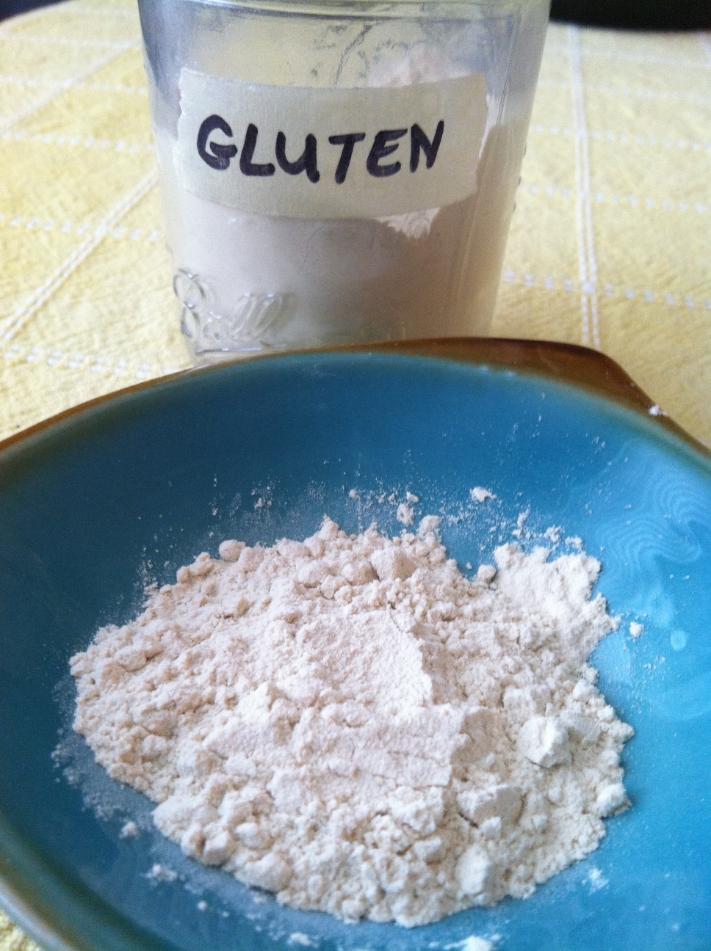
Some ordering options:
DRIED BEANS
Dried Beans
Dried Beans are an excellent source of protein, fiber, vitamins and minerals.
So why not add all that goodness to pretty much whatever you are cooking.
Beans can of course be used as a side dish, but they may also be ground into flour in your grain mill. Just about any dry bean will work: navy, northern, baby Lima, garbanzo, black beans, etc.
Milling Dried Bean Flour
Milling Beans – For more nutrition, milling beans into flour makes a great gravy thickener and an easy addition to your baked goods. Either mill them separately or add to your grain when baking.
Baked Goods – Bean flour may be added to breads, muffins, cookies, cakes, etc. Just replace a small portion of your grain with dried beans (about one tablespoon dried beans per cup of grain). Throw them in with your grain and mill as usual.
Viola! Nutrients galore!
Now, your raw cookie dough may taste a little beany, but have no fear, when they bake you will never know they’re in there. So, shhh, don’t tell anyone.
Bean Flour Thickener
Thickener – Bean flour makes an excellent thickener for gravies, sauces and stews. Mill dried beans then mix the flour with a little cool liquid of choice and add to your gravy/sauce just like you would cornstarch, flour or arrowroot.
FATS
Fats
Fat is a very important ingredient. Our bodies require them. Of course there are good fats and bad fats. Fats are needed by the body to assimilate nutrients properly.
Good fats are the natural fats. : saturated fat, polyunsaturated fat and monounsaturated fat. You know, fats found in nature.
Bad fats are not found in nature: trans fats, man created.
Because there is much to say about fats, separate articles will be dedicated to each later.
Tropical Oils
Tropical Oils
Of the fats, coconut oil and other tropical oils in my humble opinion are the best choices for most cooking, baking and frying despite what the “experts” say. Yes, they are a saturated fat, but more importantly they have NO trans fats.
Every cell in our bodies needs some saturated fat to function properly and assimilate the all important fat soluble vitamins such as A, E and D.
Tropical oils are a medium-chain fatty acid – MTC’s (medium-chain triglycerides), made up of oleic acid, linoleic acid and lauric acid; they are absorbed straight into the liver from the small intestine, which in turn, produces quick energy. The lauric acid, also found in mother’s breast milk (often used in baby formula), has
Powerful anti-fungal and anti-microbial properties
Known as MCFA’s (medium chain fatty acids), which means they are liquid at room temp and become solid when cooled.
The tropical oils are quite stable at room temperature with little concern for rancidity; having a shelf-life of many months and have a high smoke-point making the topical oils excellent high heat cooking, 400 degrees, i.e. roasting and frying.
Virgin Coconut Oil
Virgin Coconut Oil – I can’t say enough about coconut oil; it is my go-to oil for most of my cooking and baking. Totally unprocessed virgin coconut oil has such a beautiful flavor.
You want to choose one that says cold-pressed first-pressed which preserves MTCs and other nutrients. It will taste and smell like coconut. I find it delicious in sweet baked goods; because the coconut flavor actually enhances the other flavors in the food. The more you use it the less you notice the coconut flavor. We love it.
Btw, it is the ONLY sunscreen I use! We have had a lawn business for many years which requires me to be in the sun for long periods of time. I can put it on at 7:00 in the morning, never have to reapply and cut till dark and not burn. I know that’s not indicative for everyone, especially farer skin types which they may have to reapply more often, but, the thing is, is it is natural, no chemicals. With the skin being the largest body organ only put things on it that are good and nourishing for it, again, NOT chemicals. I will rant more about that in another article.
Expeller-Pressed or Refined Coconut Oil
Expeller-Pressed or Refined Coconut Oil – Has almost no coconut flavor or smell. It is coconut oil that has been mechanically pressed to extract the oils, not with the use of hexanes or chemicals.
Cold pressed is preferred which, again, protect its nutrients. Some heat is created, but not too much over the 120 degree benchmark for maintaining the greatest quantity of nutrients. EPCO is the perfect choice for pretty much any type of cooking, baking or frying up to 400 degrees.
One of my go-to’s
Palm Oil
Palm Oil – Or Red Palm Oil is also a tropical oil. Excluding the US, it is the most popular dietary oil in the world. Palm oil is super high in vitamins E & A. Has a very stable shelf-life and high smoke-point.
In addition to cooking, palm oil is great natural source for soap, shampoo and other personal care product making. Again, good for the skin.
Some ordering options:
Red Palm Oil
Red Palm Oil – red palm oil is also a tropical oil. Excluding the US, it is the most popular dietary oil in the world. Palm oil is super high in vitamins A, E, & K. Has a very stable shelf-life and high smoke-point. Great for all cooking, baking and deep frying; however, it does have a strong taste, so keep this in mind when flavor is a factor.
Some ordering options:
Palm Shortening
Palm Shortening – Another tropical oil – palm shortening or palm fruit; makes a great replacement for regular hydrogenated vegetable shortening. Palm shortening comes from palm oil. It is a mixture of unsaturated (mostly monounsaturated) and saturated fatty acids. Some of the unsaturated fats have been removed, creating a creamy-firm texture. IT is NOT hydrogenated and contains NO trans fat!!
Palm shortening is my go-to for baking cookies, pasty dough and biscuits; perfect for high heat deep frying. Does not have a tendency to rancidity. Is creamy white in color with no smell and no taste, so it will not change the flavor of foods. Palm shortening is the healthy replacement for traditional shortening.
May substitute for butter in recipes. Swap 1 cup butter use one cup + 2 tablespoons of palm fruit shortening.
Order options;
Other Fats
Extra Virgin Olive Oil
Extra Virgin Olive Oil – Is mostly oleic acid, which is a stable monounsaturated fat. EVOO is rich in vitamins E, K & A and antioxidants. Olive oil can not tolerate high heat (really temps over 100 degrees); high heat will destroy the delicate nutrients. Therefore, EVOO is best used as a pour-over like as a salad dressing, etc. Flavors range from lite to robust.
Olive Oil is a great choice for bread baking. Since the oil is cooked inside with other ingredients; its delicate construction is protect.
Unlike the tropical oils, olive oil is a long-chain fatty acid, so it is good have both oils in one’s diet for good balance.
Always choose one that is first-pressed, cold-pressed, preferred in dark glass or can. Of the vegetable oils, olive oil is one of the safest to use. Opt for a good quality olive oil, kind of cloudy-like. There are lots of counterfeits; oils cut with other oils.
Grass-Fed Butter
Grass-Fed Butter – What can I say? There is nothing like good grass-fed butter slathered on a biscuit. Who’s with me?
Compared to regular butter, grass-fed butter is:
- Higher in omega-3 helping to lower inflammation. The ratio of omega-3 and omega-6 is more balanced which is crucial for overall health.
- Contains more conjugated linoleic acid (CLA), a fatty acid to aid with weight management and immunity.
- Higher levels of A, K2, D and antioxidants needed for better heart and bone health.
- Saturated fat is not the enemy; fake oils are.
So, go get you some butter
and do the body good!
Go for a high fat content butter. Azure Standard carries some other good choices; but, this is our favorite.
Order options:
Beef and Mutton Tallows
Beef and Mutton Tallows – Theses fats are higher in saturated fats and monounsaturated with some polyunsaturated. If these fats are from pasture raised animals make a good stable choice to use for cooking and frying. They have been used all around the world for thousands of years.
Suet – Suet is the prized fat that surrounds the organs of the animal. Very high in saturated fat. Traditional cultures value these fats for their many heath benefits.
These were the go-to fats before the turn of the century. The people didn’t have the ‘modern’ health issues back then. Hmm?
Don’t be afraid of saturated fat. The human body produces saturated fat. So, doesn’t it make sense to use what our own body knows what to do with? Great for the skin too!
Go for grass-fed.
Order options:
Check out your local beef farm; they are also an option. (If they practice healthy farm techniques.)
Lard
Lard or Pork Fat – Using untainted grass-fed lard for cooking and frying is also still a good choice.
Again, lard has been used for millennium, not the crazy over processed seed oils.
Choose grass-fed.
Order options:
Canola, Soybean and Corn oils – Seed Oils
Canola, Soybean and Corn oils: I do NOT recommend the use of these oils.
What makes these oils not good for the body? Let me count the ways:
- GMO – These oils are mostly genetically modified, no longer the way God made them. They’re genetics have been changed. Some like to argue there’s no problem with GMO’s, but is that true? They say there is not enough research to say whether they are safe. So, feed them to the masses anyway?! I say, “NO!” This process is an un-natural way to ‘improve’ something.
- Cheap to Use – because of their now modified state: insect and herbicide resistant, the need for expensive chemicals to care for them is reduced.
- High Heat – To meet the demand, these seeds must be processed with high heat. High heat causes the loss of any nutrients available and rancidity.
- High Pressure – Along with high heat, high pressure is also required which creates even more heat and friction. Again, destroying whatever good the seeds had.
- Chemical Extraction – Equally bad is the use of chemicals such as hexane and such during the processing process.
- High Omega-6 – It is true we need omega-6’s. But, they must be in balance with omega-3. These oils are high in Omega-6 and are proven to create inflammation in our bodies. We don’t need any more of that, that’s for sure.
Does any of the above sound good to you? Do the research.
In short, these seed oils have been so manipulated, processed and chemically treated that they offer nothing good for the body. The food industry and the FDA apparently not our friends; simply look at the number of chemicals they ‘approve’ of for our consumption. Yikes!
Unless these versions are non- GMO or organic and cold-pressed, just say, “No,” to these oils.
Choose healthy,
Nature’s way.
FLAX SEEDS
Flax Seeds
Flax Seeds – A beautiful little seed.
Ground Flax Seed Meal – The all-important omega 3’s – ALA, EPA & DHA are required by our bodies. These fatty acids, which the body can not manufacture, must be provided through our diet. Flax seed is among the champions of sources, along with fish liver oil.
Flax seed has been reported to offer many health benefits and helps such as:
- Anti-inflammatory properties
- Normalize heartbeat
- Blood pressure lowering effects
- Reduce artery plaque buildup
- Cardiovascular health
- Cholesterole lower effects
- Hormone health
- Diabetes
- Cancer & heart disease fighter
- Cognitive & mental health
- Developmental heatlh
- Memory: Alzheimer, HDHD, autism, etc.
Grind it When Needed – The best way for our bodies to utilize these precious seeds’ nutrients is to freshly grind them into meal when needed; simply use a coffee grinder or blender (never your grain mill). Flax seed is just like the grains, you must grind them fresh to reap those benefits.
No, don’t use pre-ground flax meal from the store, because many of the nutrients will have already oxidized away. Likewise, if eaten whole, the body does not really break them down well.
Grind them Fresh
Add freshly ground flax seeds to, well, everything:
- All your baked goods or
- Sprinkle the meal onto cereals & salads
- Into smoothies
- Casseroles, even taco meat
- Really anything for that matter.
They have a slight nutty flavor and come in brown or golden; both equal in nutrition. But, really you can barely taste them.
A suggested serving of 3-4 tablespoons per day is ideal.
Whole Flax Seeds – Whole flax seeds are still useful. By all means use them as a garnish on/in baked goods and other treats.
Storage – Because the oils are so delicate they can go rancid easily and the nutrients can oxidize quickly, keep ground flax seeds in the freezer and whole seeds in a cool, dark airtight place until ready to grind; may be kept about a year.
GRAINS
Grains
“Give us this day our daily bread”; there really is something to that for a balanced diet. On this site it is all about the whole grain; not the sifted, stripped- away, bleached-white flour. Oh, no; I’m talking about the whole grain with all it’s wonderful life-giving nutrients.
Basically, grains are a vital part of the human nutritional requirements. We should have some form every day.
Because there is a plethora of grains from which to choose, they will be discussed in separate articles.
There are many grains from which to choose:
Hard Wheat
Soft Wheat
Rye
Duram
Barley
Oat groats
Buckwheat
Corn
Rice
Spelt
Emmer, Farro
Einkorn
Khorasan
Milo, Sorghum
Quinoa
Amaranth
Millet
Teff
For more information about whole grains,
see these posts:
Real Bread
History of White Flour
Buying & Storing Grain, Corn & Beans
SEASONINGS / SPICES
Seasonings / Spices
Seasonings & Spices are a wonderful addition to every kitchen. There are seasonings and spices to fit every palette, whether modest or one who seeks bold robust flavors.
Build your seasoning/spice rack as you go along. Spend your dollars on flavors you like and will use regularly. Then, add new and interesting spices to your aromatics arsenal. I don’t recommend purchasing a pre-filled seasoning collection pack. the spices could be stale and may contain spices you will never use.
Dried spices don’t really go bad as much as they just loose their savor. So, keep your seasonings and spices rotated for freshness sake.
Life always needs a little spice!
Salt
Salt is so vital for our health. So vital that when you go to the emergency room, one of the first things they do is hook you up with water and salt (saline). That is because the body is made up of water, salt and minerals. To remove it from our diet is NOT an option!
Why then, do they tell not to eat salt? It is because the salt they are referring is stripped and bleached salt. All the other minerals besides sodium chloride have been removed.
See, it’s the minerals balance. Like the flour, the commercial entities have stripped away the rest of the good stuff; leaving just the basic. Oh, then they bleach it and add anti-caking agent chemicals to the salt. The body does not need that. The minerals bring balance to the sodium and chloride.
Salt with ALL its minerals helps critical functions of the body:
- Transmitting nerve impulses – regulating electrical activity
- Helps our muscle fibers to contract and relax
- Helps the heart and blood vessels to stay flexible
- Helps clean the blood
- Maintain blood pressure
- Helps bring water into the cells – fluid balance
- Required by all cells to function properly
- So much more!
So, what kind of salt? Well frankly, all salt comes from the sea at some point. But, what is important is where and how it is harvested. True, unprocessed sea salt should come from uncontaminated ancient sea beds, where very little ‘processing’ is performed or required; no additives needed, nothing taken away. It should be white/pink/grey in colors; kinda resembling sand, not bleached white. Those colors and such are all the different minerals; so, eat a variety of the salts to get the full bouquet.
Redmond Real Salt – Utah, US
Pink Himalayan Salt
Gray Celtic Salts
Mediterranean Salt
Baja Salt
My go-to is Redmond Real Salt Sea Salt; it’s the real-deal. Totally unprocessed with all it’s trace minerals and nutritional components still in tact. Plus, it’s in America, run by the same family for many generations.
See, it looks like sand. Look at all those beautiful minerals that your body needs.
Order options:
Redmond Real Salt
Azure Standard
Best deal – Amazon
Pink Himalayan Salt
Azure Standard
Amazon
Celtic Salt
Azure Standard
Amazon
SWEETENERS
Sweeteners
Sweeteners make our lives sweeter; don’t you think? LOL We absolutely need sweeteners, but in moderation. God gave us natural foods which are sweet and have nutritional value. The key word here is ‘natural’; you know, from nature!
Just because the food industry tells us something is ‘natural’ doesn’t mean it is natural. Their sweeteners may have started with a natural ingredient, but after processing no longer resembles such. Stay AWAY! The body doesn’t know what to do with high-fructose syrup, no matter how many ways they tell us it’s ‘natural’.
Again, this is not an in depth nor exhausted list of sweeteners; I’m just hitting a few basics.
Stick with the sweeteners listed below
and you will be just fine.
Raw Honey
Raw honey is an excellent choice of a sweetener with a full range of flavors, the darker the honey, the stronger the flavor. It is slower to raise blood glucose than sugar. Raw honey boasts of many enzymes, antioxidants and antibacterial properties.
Also, raw honey is known to help with some allergies and sinus issues, especially when consumed from local bee suppliers. That’s one way of building one’s immune system.
Raw is the key! High heat destroys many of the valuable nutrients, so there is no reason to ‘process’ it. It is rare for honey to go bad, no worries. If it crystalizes (usually due to a coolness; not because it’s gone bad), simply place the jar in a pan of med-warm water to allow to de-crystalize. Some folks prefer the crystals because it seems to be less mess and spreads easily. Either way, crystals or no crystals, the honey is perfectly fine.
Commercial honey, well, don’t even bother. It has nothing left to offer but ‘sweet’. They have been highly heated and processed where very few nutrients remain, if any.
You may cook with honey; some of the enzymes will be killed, but many of the other nutritional components will stay intact. It is still better than sugar. Honey is a great option for yeast breads.
So, raw people - Let's keep it raw!
Try to purchase from small bee keepers or farmers market vendors in your area.
Local is BEST!
If you can’t find any, these.

Sugars
Sugar
Sugar – Many use the term ‘sugar’ generically representing a sweetener or simple-carbohydrate. But for the purposes of this section we will be referring to the sugar from sugarcane.
The sugarcane plant produces sweet juices which are extracted, the water removed and then processed to different degrees.
Dehydrated Cane Juice – least processed – true brown sugar
Raw Sugar – slightly processed
White Sugar – highly processed
Brown Sugar – white processed sugar with the molasses added back
Powdered Sugar – depends on the original sugar
The deal is, if one is going to consume sugar it might as well be one with at least some nutrition value. Also, most recipes on this site use a reduced sugar measure; lots of sugar is really not necessary when all the other whole flavors are involved.
Dehydrated Cane Juice – Molasses present
Dehydrated Cane Juice is simply that. It is the evaporating of the water from the cane juices, leaving behind sugar crystals; maintaining its iron and potassium along with other trace nutrients. In this form the molasses is still present; so it has a beautiful warm flavor and a medium cream to deep brown color.
True Brown Sugar
Made simple:
- Cut sugar cane
- Press to squeeze out the juice
- Low heated till it becomes a heavy syrup
- Hand-paddled to produce the granules.
- Nothing in, nothing out.
May replace other cane sugars 1:1
But keep in mind because of the molasses or brown sugar flavor, you may want to choose a milder sweetener if making something were that molasses flavor will compete with other flavors such as garlic bread. It’s definitely not good to sweeten iced tea, yuk! But, I love it in most everything else like my coffee though.
Sucanat – or Sugar Cane Natural is a brand name of dehydrated cane juice. It is my go-to sugar for most of my baking needs.
Cane Sugar in its simplest form
Where to order:
Azure Standard – best buy
Amazon
Brown Sugar – typical store bought
Brown Sugar – Simply put, it is basically processed white processed sugar with molasses added back; that’s why it’s sticky.
No more nutritional value. Stay away!
Raw Sugar – Molasses removed
Raw Sugar – Dehydrated or evaporated cane juice that has had most of the molasses removed giving a shimmery blond color. Closer to white sugar without the stripping and bleaching. Perfect for topping cookies or muffins.
Also known as:
- Sugar in the Raw
- Turbinado
- Demerara
1 : 1 Replacement
My choice when the deeper flavor of the Sucanat is too much. Great for that pitcher of sweetened iced tea.
Where to order:
Azure Standard – best buy
Amazon
White Sugar
White Sugar – Well, if you can avoid it, do! There is nothing good to say.
White sugar is hightly processed, bleached and stripped of anything good for the body. Associated with many many many of our diseases, so, stay far, far away! That’s pretty much all I have to say about that.
There are other choices!
Powdered or Confectioners White Sugar
Powdered White Sugar – Powdered white sugar is used in icings, frosting and glazes. It is made by grinding granular white sugar into a fine powder along with anti-caking agent like cornstarch or tapioca.
White sugar is highly processed, bleached and stripped of anything good for the body. Associated with many many many of our diseases, so, stay far, far away! That’s pretty much all I have to say about that.
Choose instead to make your own – see Raw Powdered Sugar
Where to order:
Azure Standard – best buy
Raw Powdered Sugar – much healthier choice
Raw Powdered Sugar – You can make your own powdered sugar using raw sugar and blending it in your blender (not a grain mill) into a fine flour along with organic corn starch or tapioca to keep it from clumping.
For 2 cups powdered sugar:
1 cup Raw Sugar
1 Tablespoon Cornstarch or Tapioca powder
Store in an air tight container.
Other Sweeteners
There are other sweetener choices which do provide some nutritional value providing other options to processed white and brown sugars.
Palm Sugar
Palm or Coconut Sugar is a great alternative to cane sugar because it has a lower glycemic index. Nectar sap from the coconut blossoms is boiled to make a thick syrup, dried, then ground into sweet toasty colored crystals.
Coconut Sugar boasts of: nitrogen, potassium, phosphorus, magnesium, choline, sulfur and other nutrients. Hey, we need all that stuff for our bodies; just keep things in moderation.
Purchase options:
Molasses
Molasses – It is the syrup left over after the sugar cane extraction process. The darker the syrup the more concentrated flavor and nutrients. There are two types: Old Fashioned Molasses and Blackstrap Molasses
Molasses is high in vitamins and minerals, especially iron, calcium, magnesium and potassium.
Great for cooking, baking and sauces; also good for digestion.
Always choose un-sulfured and organic if you can get it. Store in refrigerator after opeing.
Agave
Agave is sweeter than can sugar; therefore less may be used. calcium, magnesium and potassium. Great for cooking, baking and sauces; also good for digestion. Always choose un-sulfered and organic if you can get it.

